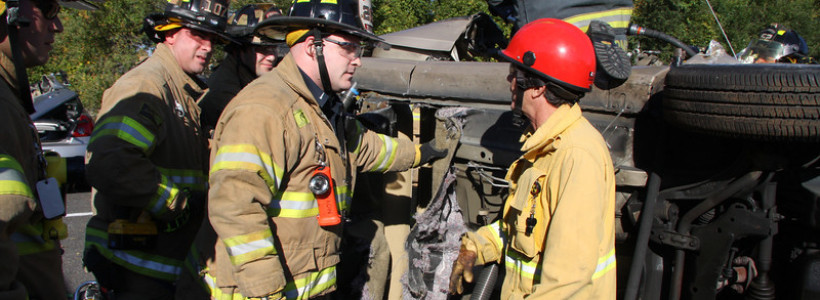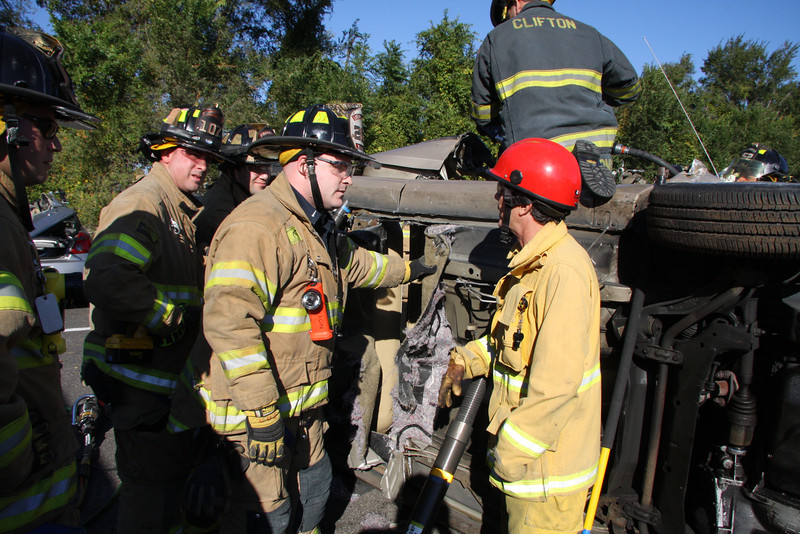Use It Or Lose it
As a fire academy instructor it is my job to help develop new training methods to teach to the set standards outlined by the New Jersey Division of Fire Safety. It becomes increasingly difficult to keep the training new and exciting, especially when teaching the very basics of firefighting.
With that being said, how as company officers or training officers can we keep the training for our departments fresh and new? Firefighter Toolbox often gets questions on Facebook and Twitter asking “how do I get people to show up?” and “why do my members forget the very basic skills?” We must first examine a reason that members are losing interest and forgetting skills. According to Professor Edward L. Thorndike, who theorized about adult laws of learning there is a whole list of how adult learners behave and process information. Let’s talk about one of the professor’s theories named “DISUSE”.
DISUSE
Among adult learners it can be assumed that habits and memories used repeatedly are strengthened. This is the very definition of motor muscle memory for both your body and your brain. Actions that are practiced and repeated correctly will produce effective motor skills. On the flip side of that, you will lose or weaken the skills not practiced at all. Reviewing previously learned information at the beginning of a drill or lesson is one way that instructors/training officers can address disuse. When planning a drill for your crew, make sure you provide some type of review no matter how easy or mundane of a task that is to be performed. We as firefighters take in and process a lot of information and it becomes difficult to remember it all. Motor muscle memory of a physical task is a lot easier to remember than recalling your file cabinet that I like to call your brain. The effects of disuse are the foundation of the argument for continued training and education.
Follow up practice at the company level reinforces skills learned during instruction. This statement couldn’t be more true. Whether we are learning a new skill or tightening up an older one, it needs to be practiced often. We as company officers sometimes take for granted that our crew will always perform at a high level of competency when the situation requires it. How can we be so sure? Well one way is to constantly train and maintain that level of readiness. If we aren’t enforcing the departments’ standards on performance are we not simply accepting a new lower standard? It is our job to keep the company sharp as well as ourselves. This is a direct result of a topic I previously had written about called complacency. Fight it as best you can, do not allow it to show its ugly head.
Iron rusts from disuse; water loses its purity from stagnation… even so does inaction sap the vigor of the mind.
– Leonardo da Vinci






